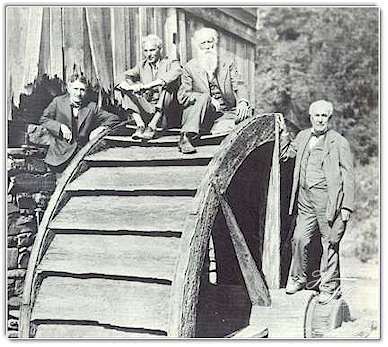|
The History Of Water Power
The history of water power extends back over hundreds of years. In Imperial Rome, water powered mills produced flour from grain, and were also used for sawing timber and stone. In India, water wheels and watermills were built for many different purposes.
The power of a wave of water released from a tank was used for the extraction of metal ores in a method known as hushing. Hushing was widely used in Britain in the Medieval and later periods to extract lead and tin ores. It later evolved into hydraulic mining when used during the California gold rush. In China and much of the Far East, "pot wheels" (a type of hydraulically operated pump) raised water into irrigation canals. In the 1830s, hydro power was used to transport barge traffic up and down steep hills using inclined plane railroads. Direct mechanical power transmission required that industries using hydro power had to locate near a waterfall. During the last half of the 19th century, many grist mills were built at Saint Anthony Falls. They utilizied the 15 meter drop in the Mississippi River. Hydraulic power networks also existed, using pipes carrying pressurized liquid to transmit mechanical power from a power source, such as a pump, to end users. To read more on the history of water energy visit
www.waterhistory.org
- it is a wealth of historical knowledge on all facets of water power. You will find in depth information on the various applications and their intimate history. Return From History Of Water Power to Home Page |






